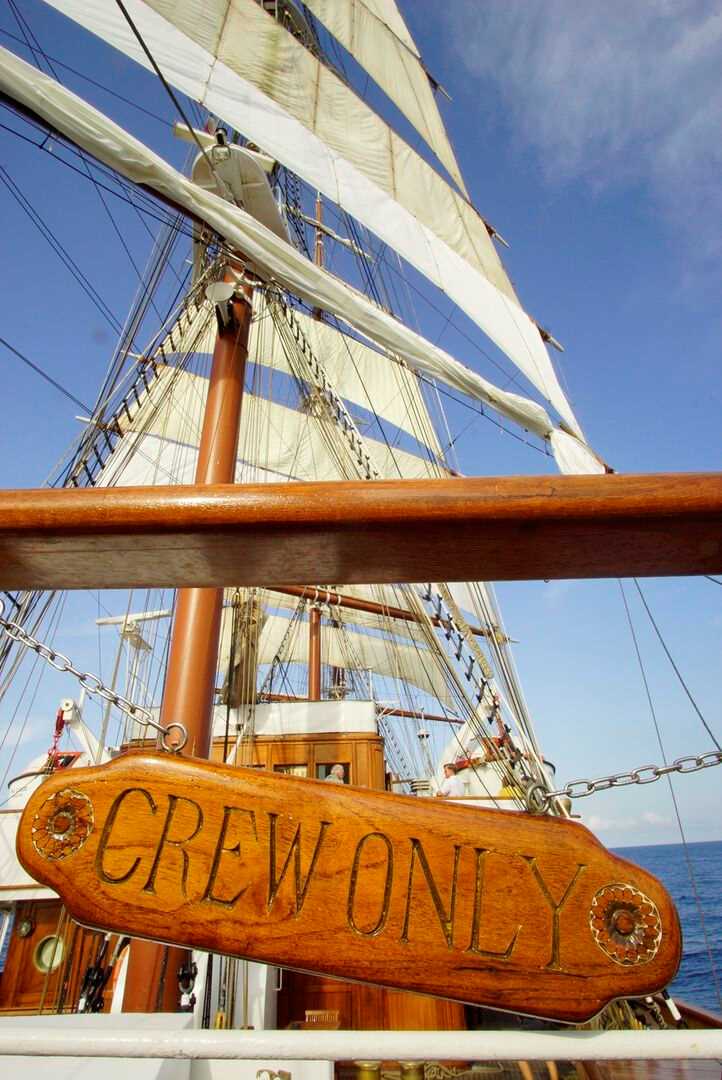The sun rose at 6:02 a.m., and some of us were already at the coffee bar on the portside. We had a gentle wind from the southeast of 3 knots with a bright sun. This is a rare event, as such low wind rarely produces a swell of 1.5 meters. The conversation at breakfast also included the ship’s movement last night. By 10:00 p.m., winds gusted to 40 knots; yet redoubtable Sea Cloud rode it admirably. At 8:40 a.m., the captain ordered the sailors aloft, and the sails were fully furled by 9:15 a.m. Next, photographer Massimo Bassano gave another very helpful talk on photography. Following a wonderful buffet lunch on the Lido Deck, we boarded our coaches for a visit to two famous sites: the Nuragic settlement of St. Cristina di Paulilatino and the Nuragi Losa. The term given to the people Nuragi is derived from a mysterious root word “nur,” meaning “heap of stones,” the characteristic element of their building.
Unlike the Nuragic site we visited yesterday, the Su Nuraxi di Barumini (ca. 1400 BCE-550BCE), Saint Cristina is a temple sanctuary centered on a sacred well. Although they were animists and saw divinity in all aspects of nature, the Nuragi people had a special reverence for water as the source of life. They built sacred wells where worshipers descended beneath the ground and worshiped the water as a precious gift from Mother Earth. The well site was protected by a “tholos,” a roof structure built in the corbel manner. We descended about 20 steps to a depth of 25-feet below the ground and saw the sacred pool and the magnificent tholos roof with an oculus opening in the top. These sacred wells clearly identified with a female fertility divinity, which is evident in their visual triangular geometry. Archaeologists hypothesize that these cultic wells were so important that they served the entire island, and that even those tribal groups who were hostile to one another came together peacefully to worship. The celebrations at these crucial sites could last for several days, and it appears this allowed groups to make decisions that affected the various tribal groups represented. As time went on, habitations grew up around these sacred wells. It should be noted that “sacred wells” exist in many cultures. For example, Ireland is dotted with sacred wells that continued to be used in Christian times and indeed even in the present. The Orkney Islands have analogs to the Nuraghi towers in their “Brochs.” We then visited the Nuragi Losa, one of the largest of the Nuragi on Sardinia. We entered the main chamber and saw the cyclopean walls, and then we climbed between the walls to the very top where we had a 360-degree view of the countryside. After Nuragi Losa, we traveled to a wonderful farmhouse and sampled genuine local cuisine. We were feted by traditional Sardinian dancers in costume. We returned home to the lovely awaiting Sea Cloud and were onboard by 9:45 p.m.–a rich and satisfying day.







